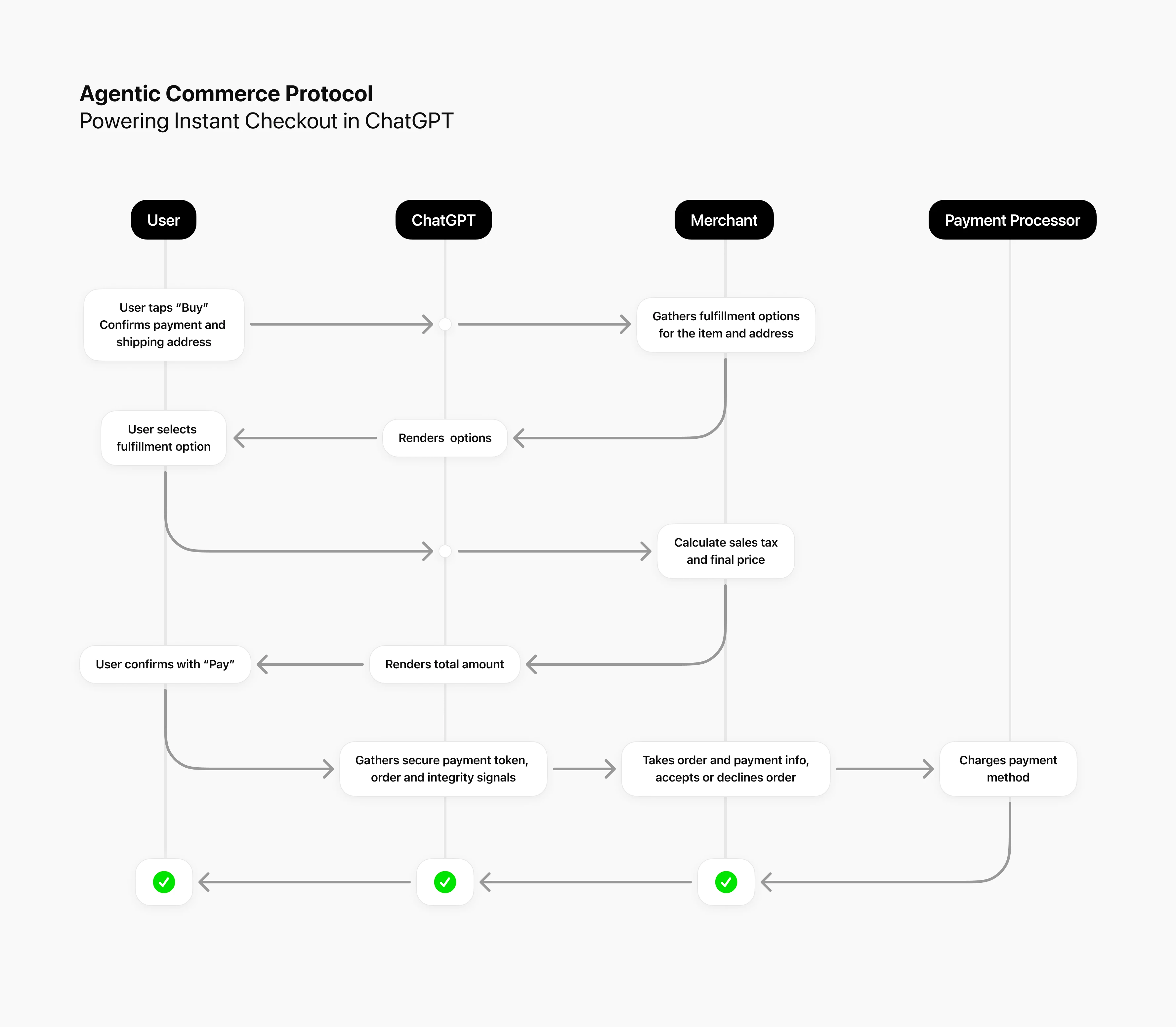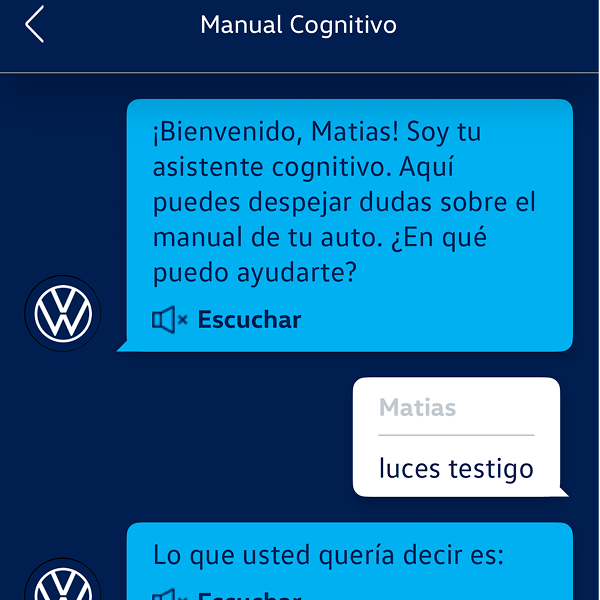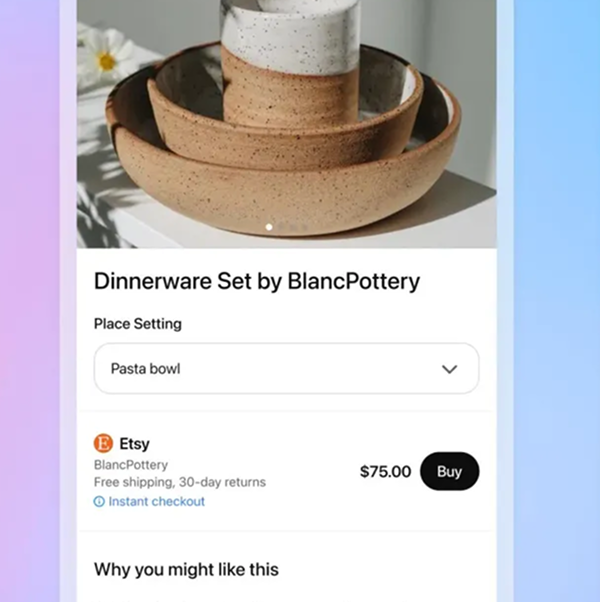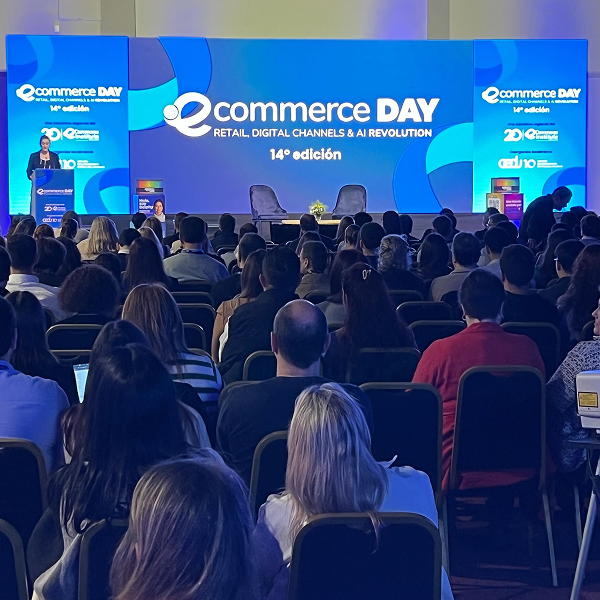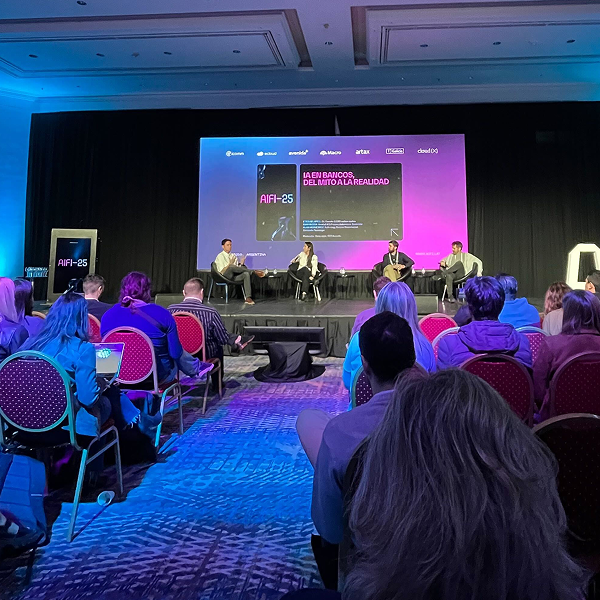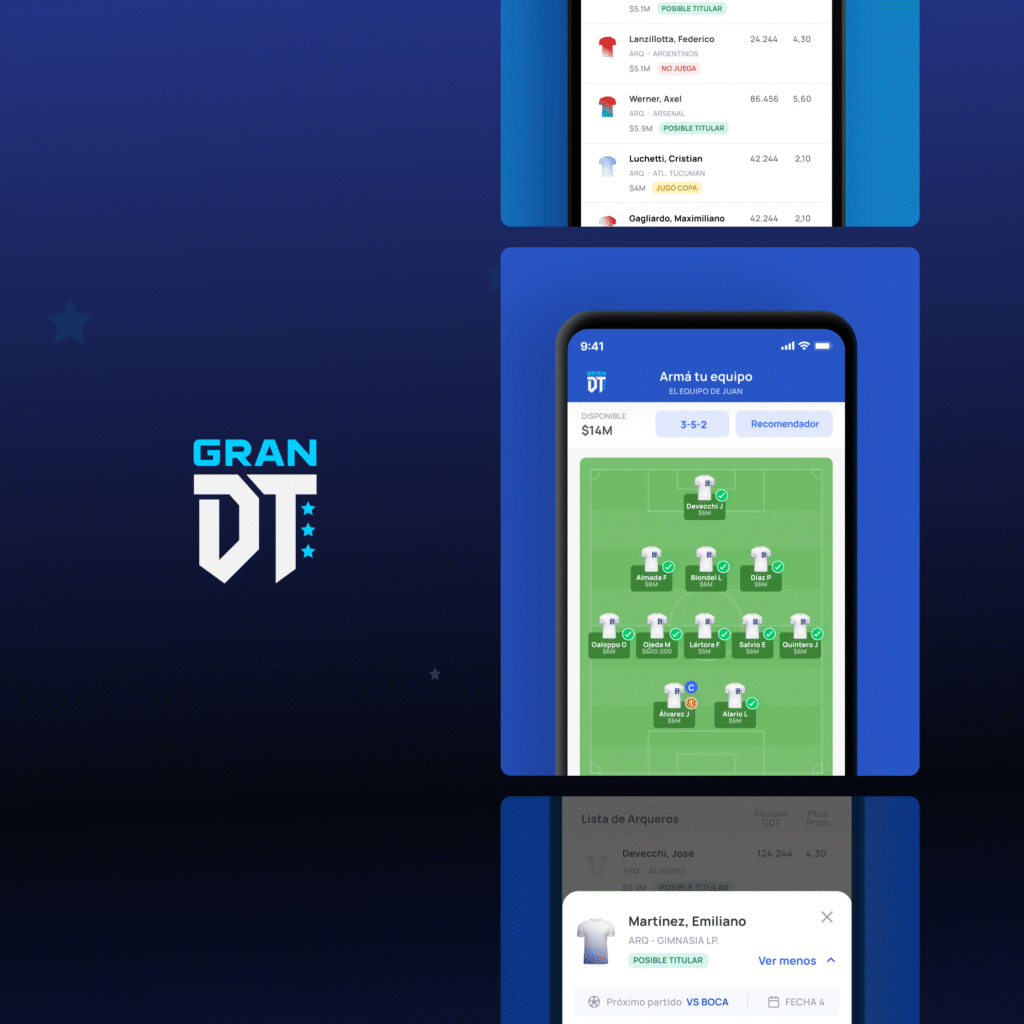There are moments in tech when something clicks — and the ripple is bigger than the announcement itself.
That’s exactly what happened when OpenAI and Stripe unveiled a new capability inside ChatGPT: the ability to search, select and purchase products entirely within the chat interface.
It’s not just a slick feature. It’s the beginning of a new purchasing paradigm.
One where websites are no longer the primary place to transact — and AI agents become the new storefront.
From Browsers to Prompts: A New Shopping Flow Emerges
The traditional e-commerce funnel is well-known. A user lands on a homepage, browses categories, filters, adds to cart, enters a multi-step checkout, and (hopefully) converts.
But now, imagine this instead:
A user types a prompt like:
“I need a lightweight waterproof jacket under $150 for fall hiking.”
In a matter of seconds, an agent responds with curated options pulled from compatible product feeds, complete with descriptions and ratings. The user asks follow-ups, gets clarifications, and clicks Buy.
No browsing. No clicking through five pages. No cart. No UI.
Everything happens in a conversational thread — and the checkout, powered by Stripe’s Instant Checkout, finalizes the transaction in a single step.
It’s fast. Contextual. Personalized.
And it’s agentic commerce in action.
What ChatGPT Just Unlocked
More than 700 million people use ChatGPT weekly. Many already ask for product recommendations in it. Now, they can do more than ask — they can buy.
With Buy it in ChatGPT, users can search for a product, see relevant results (with real-time pricing), and complete their purchase through Instant Checkout, all without ever leaving the chat window.
At the core, it’s powered by three main technologies:
1. Agentic Commerce Protocol (ACP)
Co-developed by Stripe and OpenAI, ACP allows autonomous agents like ChatGPT to interface with merchant systems — including catalog data, availability, checkout flows, and order processing.
2. Shared Payment Token API
This new API allows multiple agents to securely use a tokenized version of a payment method, enabling secure, one-click checkouts inside chat experiences.
3. Full Backend Control
Merchants still own the logic. The agent initiates a request, but the store’s backend validates inventory, price, shipping, and fulfillment — then returns the result to ChatGPT to complete the experience.
All transactions are opt-in, and users are explicitly prompted to confirm each step.
Why It Matters Technically (and Strategically)
To prepare for agent-based commerce, merchants and ecommerce platforms need to rethink several assumptions:
Your catalog is now a dataset.
Forget visual merchandising. Agents prioritize structured metadata, semantic relevance, and query intent matching. Your ability to expose products with rich, machine-readable attributes will determine discoverability.
The checkout happens without a UI.
There’s no form, no input field, no review page. The logic must be lean, secure, and fully API-driven. You’ll need robust payment orchestration that supports tokenized flows.
You don’t own the interface anymore — but you do own the logic.
Fulfillment rules, fraud checks, discount logic — everything still lives on your backend. But the consumer’s window into that logic is now a conversation.
Security shifts upstream.
When your storefront is invisible, validating user identity, transaction origin, and order context becomes even more critical. Expect increased use of tokenization, AI-based fraud detection, and trust-layer APIs.
It’s not SEO anymore. It’s LLM-O.
To rank inside conversational platforms, you don’t optimize for search engine spiders — you train your catalog, tune your semantics, and integrate into agents’ reasoning patterns.
Why Retailers Should Care (Now)
This isn’t a long-term “innovation lab” project.
It’s already rolling out — and Shopify merchants are first in line.
As Shopify’s CEO Tobi Lütke shared:
“We’ve been working with OpenAI for quite some time so people can search and buy products in chat… it’s something we’ve had a hard time keeping quiet.”
That excitement is justified.
For e-commerce brands and retailers, this shift brings both opportunity and urgency. Traffic to traditional storefronts is declining. AI assistants are becoming the new middle layer between brand and buyer. And intent is moving upstream — into prompts and chats.
Strategic Takeaways for Retail Leaders
This isn’t just technical evolution. It’s strategic transformation. Here’s what every ecommerce leader should be thinking about:
-
Be present where users already are. Conversational interfaces like ChatGPT are not alternative channels anymore. They are becoming primary discovery tools.
-
Rethink “storefront” as a concept. A product page might no longer be a visual page — it could be a conversational output.
-
Evaluate how your tech stack supports agents. From PIMs to fulfillment layers, everything must expose data and operations cleanly via APIs.
-
Pilot with purpose. Not every product or category needs agentic commerce. But high-intent, low-complexity SKUs are prime candidates.
-
Prepare for orchestration, not broadcasting. Brands will compete not on who builds the flashiest store, but on who integrates most seamlessly into agent-led experiences.
Design and Development for the Agentic Future
At Revolt, we believe that designing for impact means staying ahead of user behavior.
That’s why we’re already working with clients in retail, fintech, media and logistics to explore what this shift means for their product ecosystems.
From building conversational flows to integrating generative UX and enabling multi-agent strategies — we’re thinking about commerce beyond the screen.
Because the most valuable transactions won’t necessarily happen on your site.
They’ll happen wherever your users already are — and increasingly, that means inside an AI.
Design and Development to make an impact on your users.
Even when they never visit your site.
